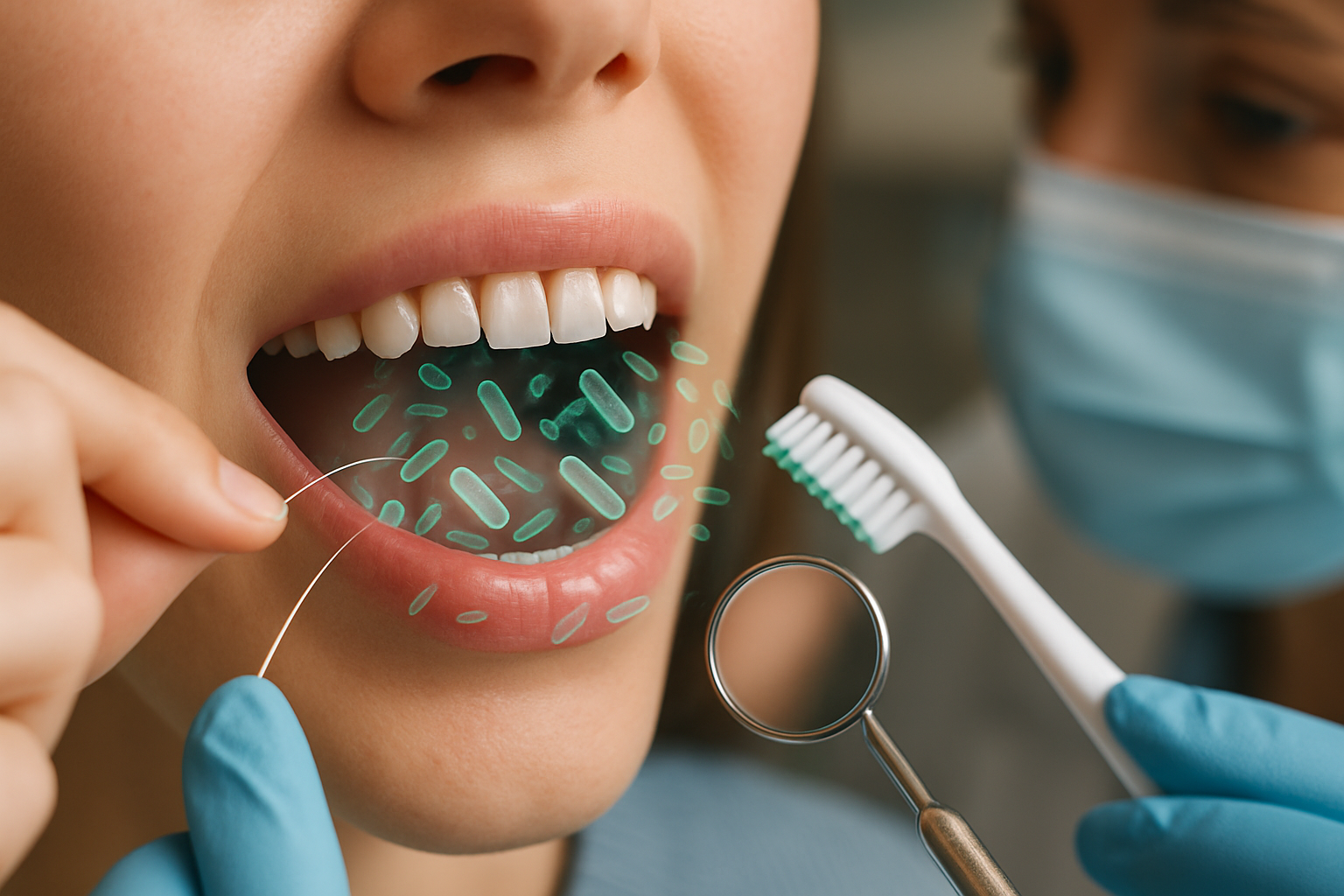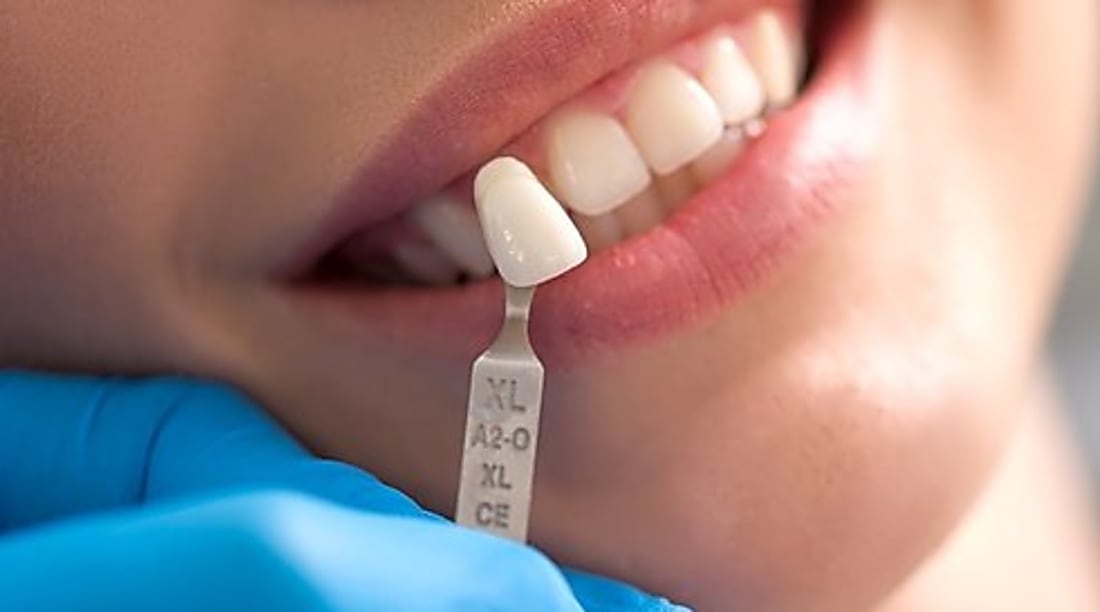Twice-Yearly Visits Explained: How Routine Checkups Reduce Treatment Needs
Routine dental checkups twice a year do more than polish your teeth. They help catch small issues before they escalate, limit time in the chair, and reduce the need for complex procedures. By combining oral exams, professional cleanings, and tailored advice, preventive visits support lasting oral health across different ages and lifestyles.

Seeing a dental professional on a twice-yearly schedule offers a practical way to stay ahead of cavities, gum disease, and other conditions that often grow quietly. Regular visits combine assessment, prevention, and education in one appointment, helping you maintain comfort, function, and aesthetics while avoiding urgent treatments that are harder on your schedule and budget.
This article is for informational purposes only and should not be considered medical advice. Please consult a qualified healthcare professional for personalized guidance and treatment.
How oral exams prevent future problems
Comprehensive oral exams are designed to find concerns early and understand your overall risk. During an exam, your dentist evaluates teeth, gums, and soft tissues, checking for early signs of decay, gingivitis, enamel wear, clenching or grinding, and bite issues. When indicated, bitewing or periapical radiographs help reveal problems hidden between teeth or below the gumline. Screening for oral cancer—typically a visual and tactile check of the mouth, tongue, and neck—can spot abnormalities that warrant further evaluation. Early detection keeps treatment minimal: tiny cavities can be managed with small fillings, early gum inflammation can be reversed with better hygiene and cleanings, and enamel wear can be addressed with protective measures like night guards.
Risk assessment is part of this process. Your history of cavities, plaque levels, diet, tobacco use, saliva flow, and systemic health conditions (such as diabetes) all shape your chances of future problems. From this information, your dental team recommends tailored strategies—fluoride varnish for weak enamel, sealants on deep grooves, or guidance on diet and home care—to curtail risks before they translate into treatment needs.
Regular cleanings keep your smile healthy
Professional cleanings remove plaque and tartar that daily brushing and flossing can miss, especially along the gumline and behind lower front teeth. Scaling clears hardened deposits that harbor bacteria linked to gum inflammation, while polishing smooths tooth surfaces to make new buildup less likely. By reducing oral bacterial load and inflammation, cleanings help stabilize gums, protect bone support, and keep breath fresher.
For those with early gum disease, more frequent periodontal maintenance might be advised to control bleeding, pocket depth, and mobility. Cleanings also provide a structured check-in on your home care—confirming brushing technique, floss or interdental brush use, and fluoride exposure. Over time, these incremental improvements add up, lowering your likelihood of root canals, extractions, and complex restorations.
Schedule your routine dental checkup
As a general guide, twice-yearly appointments work well for many people. However, frequency is best set by your individual risk profile. If you have active gum disease, multiple recent cavities, wear orthodontic appliances, are pregnant, or have conditions affecting saliva or immunity, you may benefit from more frequent visits. Conversely, those with consistently low plaque levels and stable gums might extend intervals under professional guidance.
When arranging care, consider local services in your area that align with your needs—general dentistry for comprehensive prevention, pediatric dentistry for children, or periodontics for advanced gum concerns. Bring a list of medications and medical conditions, and inform the team about sensitivity, clenching, or sleep habits. If you are anxious, ask about comfort options. These steps make each checkup more efficient and help your provider tailor prevention to your routine.
What happens during a twice-yearly visit?
A typical visit includes an oral exam, cleaning, and personalized recommendations. The exam may cover: tooth-by-tooth inspection; gum measurements to track inflammation; bite and jaw joint review; and oral cancer screening. If it has been a while or you are a new patient, a full set of x-rays may be taken based on age and risk. Cleanings remove soft plaque and hard tartar above and, when appropriate, slightly below the gumline. You may also receive fluoride treatment to strengthen enamel or sealants for deep grooves in back teeth.
Before you leave, your dentist or hygienist offers feedback on home care—like selecting a soft-bristled brush, using a fluoride toothpaste, adding interdental tools, and managing sugar frequency. This coaching is practical and specific, so changes fit seamlessly into daily routines.
How routine care reduces treatment needs
Preventive visits minimize emergencies by catching issues when they are small and manageable. Early-stage decay can be remineralized or treated with conservative fillings instead of crowns. Addressing gum inflammation promptly helps avoid periodontal surgery. Monitoring wear and small cracks can prevent fractures that lead to root canals. Even minor bite adjustments or mouthguards can reduce headaches and tooth wear.
These benefits compound over time. Consistent prevention reduces the likelihood of extensive chair time, anesthesia, and higher-cost procedures, while supporting overall well-being. Many people also find that routine care improves confidence—clean, comfortable teeth encourage better daily habits, which in turn reinforce long-term oral health.
Making prevention work at home
Between checkups, consistent habits sustain the benefits of professional care. Brush twice daily with a fluoride toothpaste for two minutes, and clean between teeth with floss or interdental brushes. Limit frequent snacking and sugary or acidic drinks, especially before bedtime. Stay hydrated, which helps saliva neutralize acids. Replace brushes every three to four months or sooner if bristles fray. If you notice bleeding gums, temperature sensitivity, or persistent discomfort, contact a professional; early attention usually means simpler solutions.
Conclusion Twice-yearly dental visits provide a structured, preventive rhythm that helps avoid more complex treatments. Through thorough exams, regular cleanings, and risk-specific guidance, routine care keeps teeth and gums stable and supports overall health. With steady home habits and timely appointments, most issues can be managed before they require extensive intervention.




